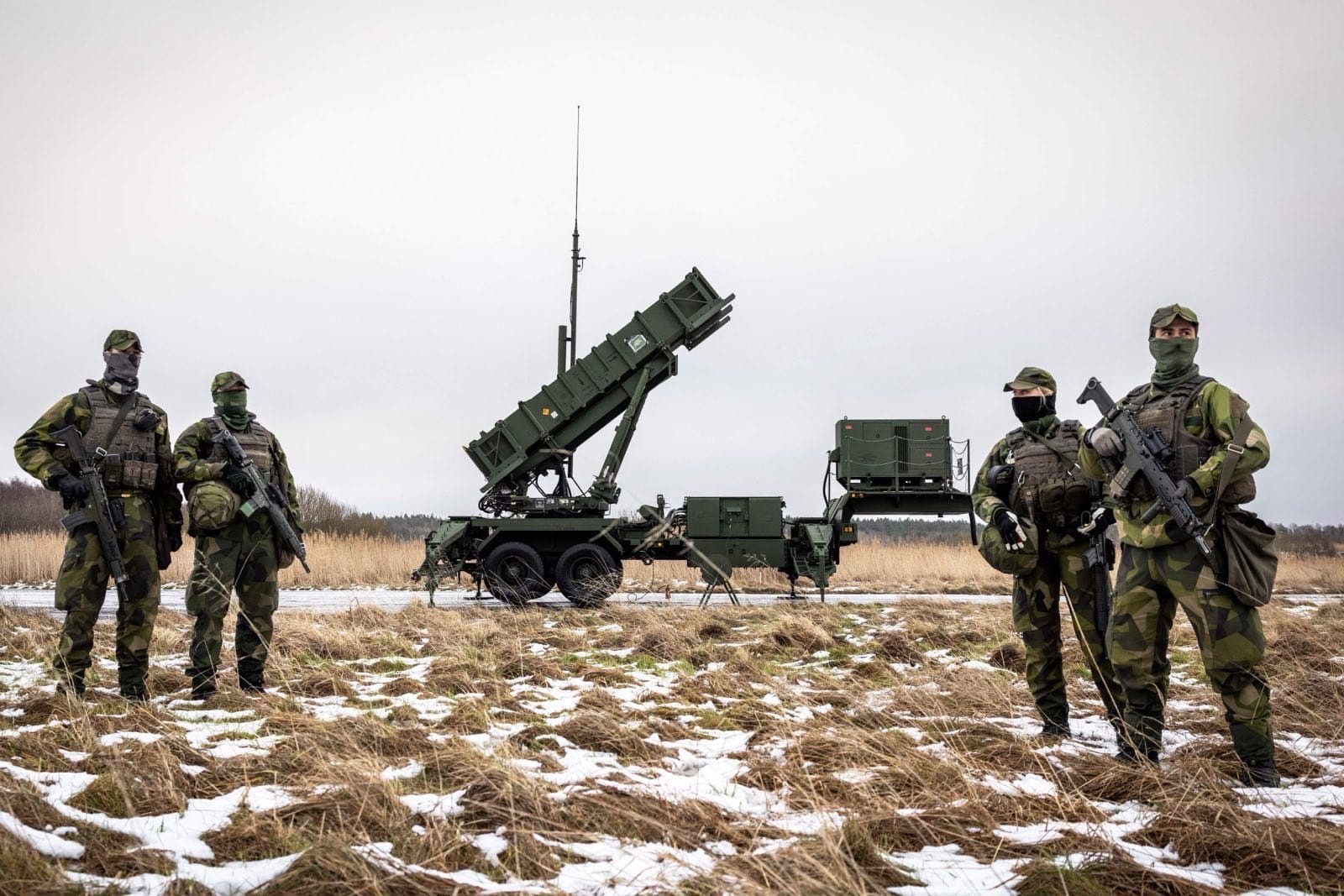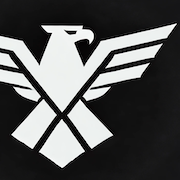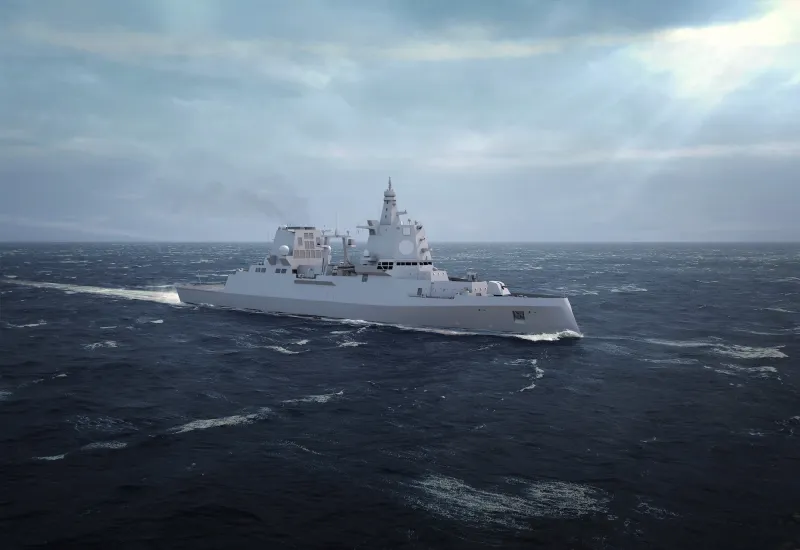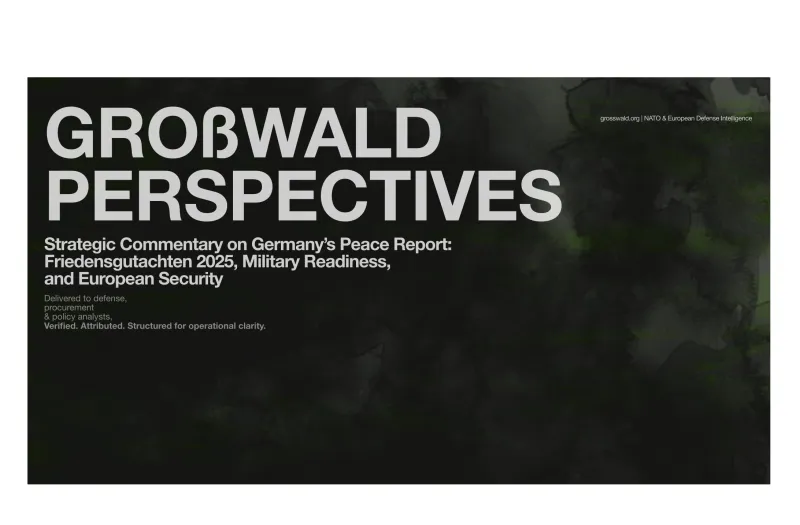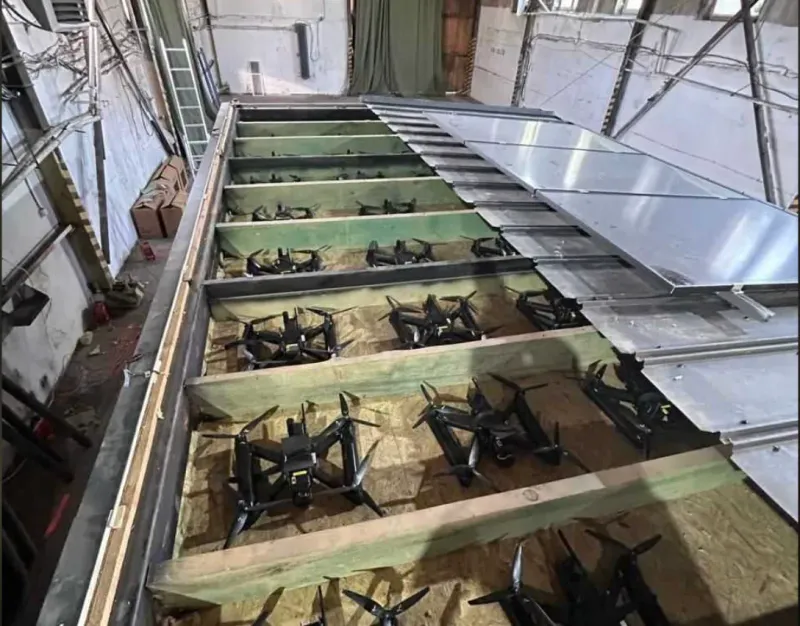Germany Forms Permanent NATO Armoured Brigade in Lithuania: 2,000 Troops, eFP Integration by 2026
Chancellor Merz and Defense Minister Pistorius to attend the May 22 stand-up of Germany’s 45th Armored Brigade “Litauen” in Vilnius. Troop roadmap confirmed.
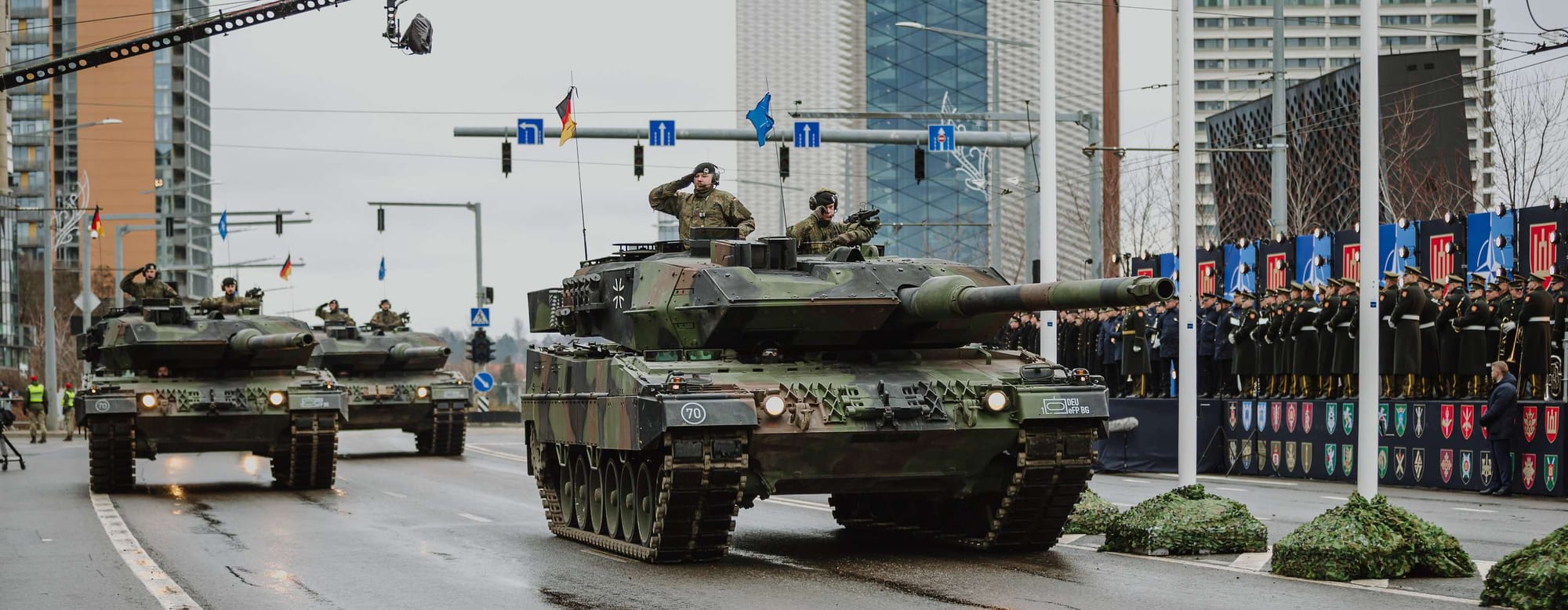

Vilnius / Berlin – Germany’s forward land posture in the Baltics will reach a decisive milestone next week, as Panzerbrigade 45 “Litauen” is formally stood up in Lithuania, transitioning from provisional formation to a fully established unit within the Bundeswehr’s force structure. In advance of the ceremonial Aufstellungsappell on May 22—attended by Chancellor Friedrich Merz and Defense Minister Boris Pistorius—the German Ministry of Defence confirmed the current status and roadmap for the unit’s development during the May 16 Federal Press Conference.
From Task Force to Brigade: Structure and Timeline
The brigade’s formation has been underway for over a year under the framework of Germany’s 2023 commitment to permanently station a full combat brigade in Lithuania. Until now, the focus was on building out the Aufstellungsstab—a core planning and formation command. With the upcoming flag and ribbon ceremony, the brigade will formally receive its designation and regimental symbols, making it an operationally recognized unit of the German Army.
As of mid-May 2025, approximately 400 personnel from the brigade are already stationed in Lithuania. This number will increase to 500 by the end of 2025, with initial efforts focused on local command structure development, training routines, and in-theatre force integration.
Notably, all personnel currently deployed are volunteers, drawn from a wide range of Bundeswehr specialties.
2026: Combat Integration and Force Growth
The next phase begins in February 2026, when Germany’s contribution to the NATO Enhanced Forward Presence (eFP) battlegroup—roughly 1,000 German soldiers plus multinational elements—will be formally integrated into Panzerbrigade 45 as one of its combat battalions. This step marks a major shift: the eFP force transitions from rotational deterrence to embedded structural defense under a national brigade command.
Following this integration, the brigade will grow to 1,800 personnel, reaching approximately 2,000 troops by mid-2026. Further reinforcement will follow in line with infrastructure expansion and the established roadmap.
Two German combat battalions are set to relocate permanently once host nation support infrastructure is in place:
- Panzerbataillon 203 (Armored Battalion 203), based in Augustdorf
- Panzergrenadierbataillon 122 (Mechanized Infantry Battalion 122)
This dual-battalion configuration will anchor the brigade’s combat capability and fulfill NATO’s call for credible, forward-deployed mass.
Political Weight: Chancellor Merz to Deliver Keynote
The symbolic and strategic significance of the stand-up will be underscored by the presence of Chancellor Friedrich Merz, who is scheduled to visit Lithuania on Thursday, May 22. After a bilateral meeting and working lunch with Lithuanian President Gitanas Nausėda, the Chancellor will join Minister Pistorius in Vilnius for the brigade's official Aufstellungsappell. Merz will deliver a speech during the ceremony—framing the deployment as a critical step toward permanent deterrence and sovereign defense of NATO territory.
The event also serves as a key signal to Baltic allies and to the German public: Berlin’s shift toward sustained force projection east of the Elbe is no longer theoretical. It is underway, staffed, and increasingly embedded in the host nation.
Local Reception: Lithuanian Integration and Civil-Military Bonds
According to the Defence Ministry, local response in Lithuania has been overwhelmingly positive. The German unit has been “warmly welcomed across the region,” with growing partnerships between brigade personnel and local schools, educational institutions, and housing providers. Such civilian-military integration is seen as vital for long-term success and cohesion.
Outlook: A German Footprint in the Baltics—By Design, Not Rotation
With the formal recognition of Panzerbrigade 45 “Litauen”, Germany is no longer merely contributing to NATO’s deterrence-by-rotation model—it is executing a nationally led, structurally permanent combat presence on the Eastern flank. By 2026, this presence will operate with integrated command, national battalions, and a local footprint scalable by infrastructure.
More than a symbolic deployment, the brigade anchors a new phase of German forward posture—one that may eventually influence how NATO balances sovereignty, readiness, and deterrence along its exposed frontier.
